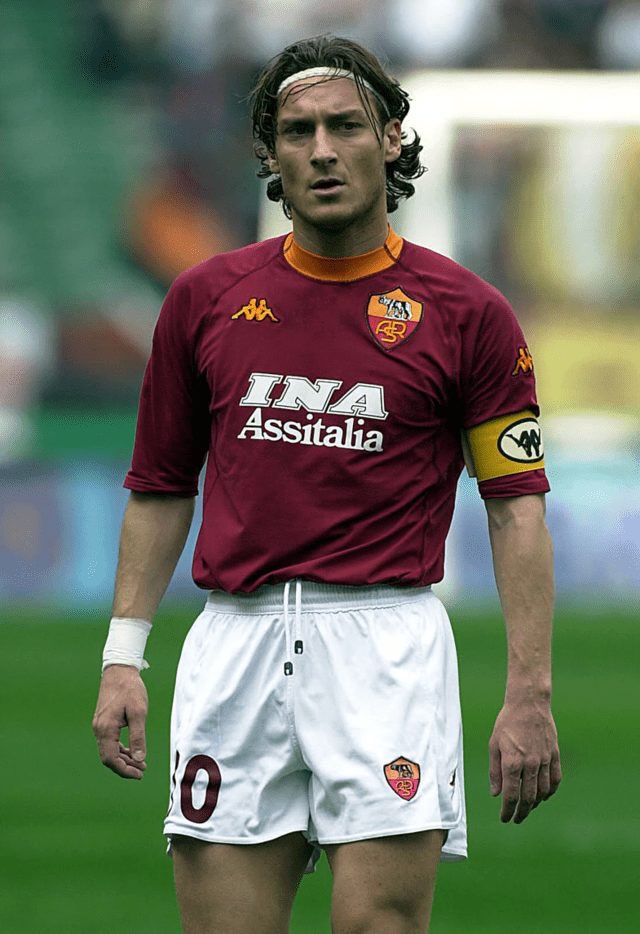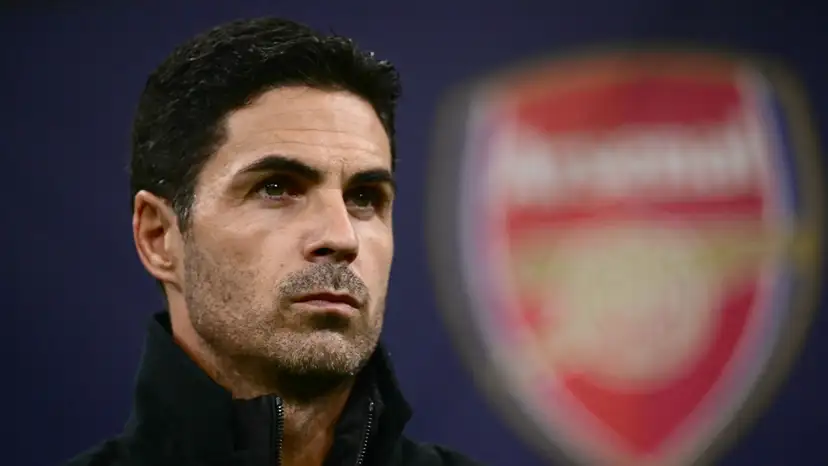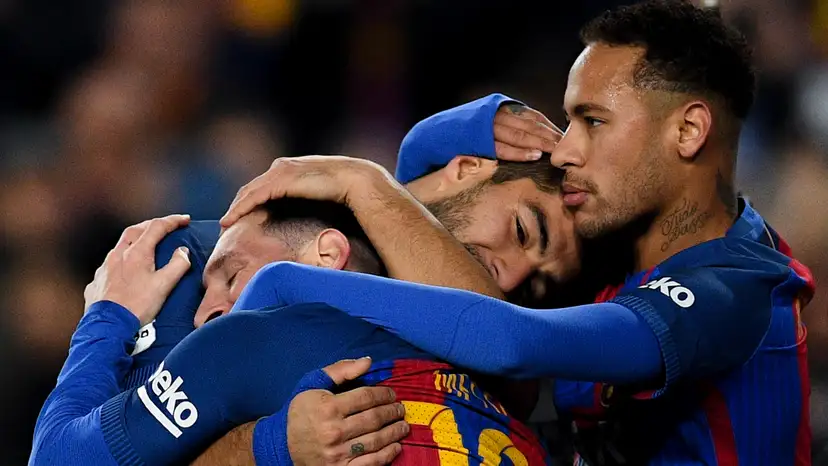
In football’s older imagination, loyalty was a lived reality. Names like Maldini, Carragher, and Totti stood for permanence, players tied not just to a club but to a place, a culture, and a community. Totti was the ultimate example, turning down Real Madrid and guaranteed trophies to remain in Rome, choosing identity over medals. In today’s football, that choice would barely exist.
A player of Totti’s calibre would likely be sold long before reaching his peak, not because he lacked ambition but because the financial system would demand it. Modern football has shifted from sentiment to economics. Transfer inflation, financial pressures, and new corporate structures have turned loyalty into inefficiency. The one-club man did not disappear naturally; the system priced him out. Loyalty has become a disadvantage in a sport where movement, not permanence, holds the financial value.
The modern transfer market makes staying at one club financially irrational. With fees and wages soaring, both clubs and players are incentivized to maximize value through movement. Selling a player at peak market price is often the most logical decision for a club under financial and competitive pressure. This is amplified by the accounting reality that academy-produced players count as pure profit when sold, since they have no acquisition cost to amortize.
In today’s economy, a Totti-level player would not be a club symbol—he would be the financial solution to a season’s books. Players and agents have adapted accordingly. Running down contracts is now a deliberate strategy to generate higher wages, signing bonuses, and leverage. A career spent in one place is no longer the most stable choice—it is the least profitable. Modern football has not become less loyal; it has become structured in a way that rewards leaving and punishes staying.
Multi-Club Ownership has accelerated this direction by turning footballers into naturally movable assets within a holding company portfolio. A player does not belong emotionally to a badge but professionally to a corporate ladder that may transfer him between clubs with different identities but the same headquarters. There is less room for sentiment because the system is designed for efficient squad management and wage optimization, not emotional continuity.
At the same time, the pressure to reach the Champions League has grown so sharply that clubs cannot afford the luxury of long-term emotional decisions. If a beloved player is not contributing to immediate competitiveness, he becomes not a legacy figure but a financial inefficiency. In a structure defined by annual qualification battles and razor-thin margins, constantly refreshing the squad has become a competitive requirement rather than a choice.
Player culture has also shifted sharply. Modern footballers grow not only as athletes but as global commercial figures whose personal brands often extend beyond the club they play for. Moving across leagues, cities, and countries builds a global audience that a one-club career cannot match, and this has become an accepted part of an elite player’s commercial journey. Agents operate on the same logic. Their commissions are tied to deals, not longevity, and a client who renews or moves every few years is more valuable than one who stays in the same dressing room for fifteen seasons. Modern fans, shaped by the same economics, rarely demand a player sacrifice personal progress or financial potential in the name of loyalty. The emotional cost of leaving does not weigh as heavily in an era where movement is the norm rather than the betrayal it once was.
The final exceptions that still exist are rare because they are products of specific conditions rather than cultural norms. Koke at Atlético Madrid represents a player whose value aligns perfectly with the tactical and emotional identity of his club, making departure less useful than continuity. But the new kind of one-club man is emerging in a different and far less romantic way. A player may spend his entire senior career registered to one club while being loaned repeatedly, never building a relationship with supporters or a city but technically never moving permanently. It is loyalty on a spreadsheet, not in a stadium: a technicality rather than a bond.
The one-club footballer belonged to a time before the transfer market turned into a financial trading system. Once fees became instruments of amortization and profit, loyalty turned from a lifelong bond into a negotiable asset. Selling a star for £150 million can now be seen as more logical than keeping him as a symbol of identity, and fans, agents, players, and clubs have all adjusted to a world where movement is normal and permanence is rarely rewarded.
Yet something has quietly disappeared in the process. The Maldini and Totti model created careers that felt like shared stories between player and community, written in one stadium over decades. Now, the greatest act of loyalty a player might show a club is making sure they leave for a fee big enough to strengthen the balance sheet. Modern football has gained efficiency and financial discipline, but it has given up the romantic idea that a player and a club could grow old together with something more valuable than a transfer price.








